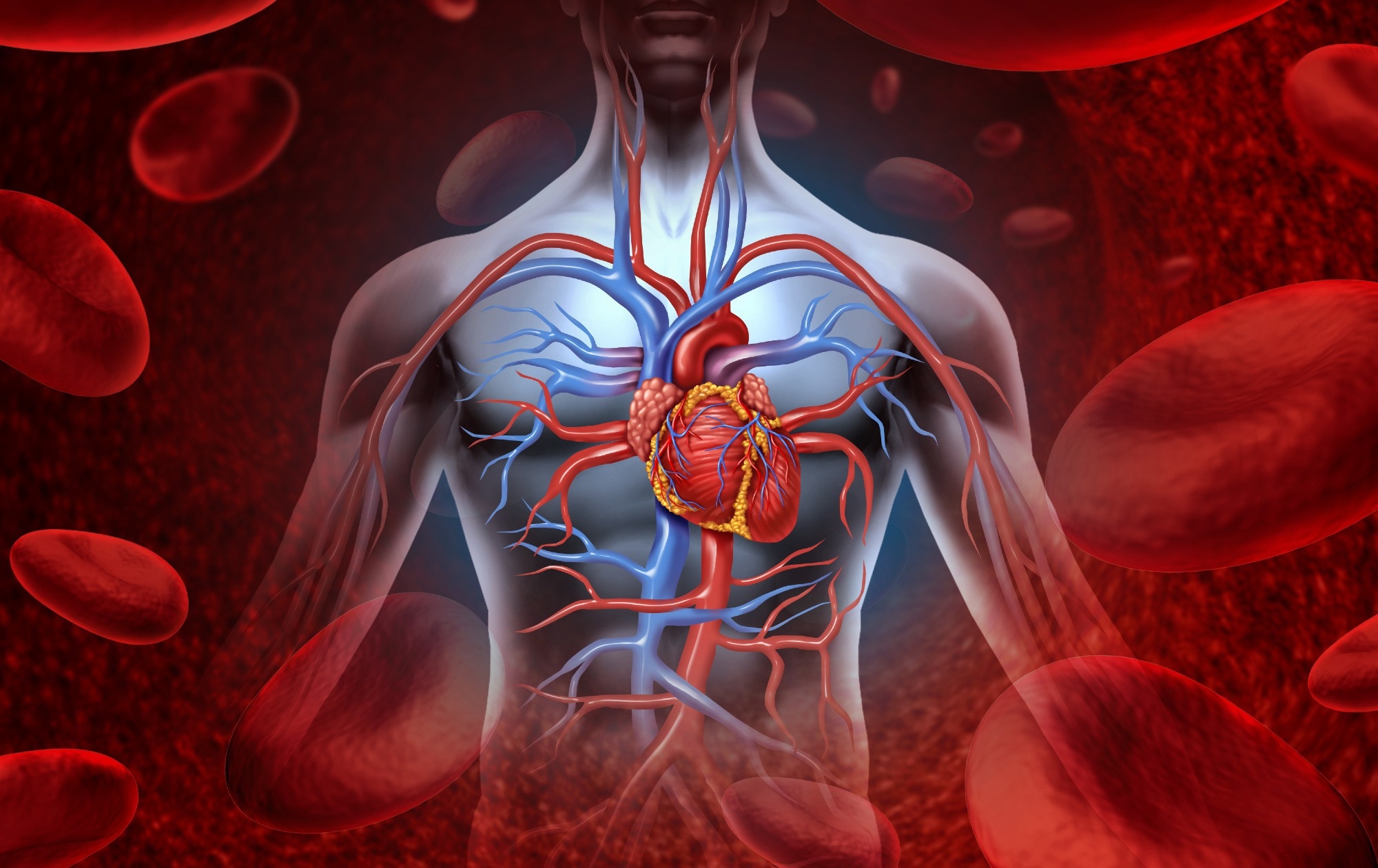In a trial-level meta-analysis printed within the journal Circulation, researchers assessed the results of sodium-glucose co-transporter 2 (SGLT2) inhibitors (SGLT2i) on main adversarial cardiovascular occasions (MACE) throughout three affected person populations: diabetes at excessive threat for atherosclerotic heart problems (ASCVD), coronary heart failure (HF), or persistent kidney illness (CKD). They discovered that SGLT2i decreased the speed of MACE by 9% with a constant impact throughout all affected person populations and key subgroups, primarily pushed by a discount in cardiovascular (CV) demise, significantly HF and sudden cardiac demise.
 Research: Sodium Glucose Co-transporter 2 Inhibitors and Main Opposed Cardiovascular Outcomes: A SMART-C Collaborative Meta-Evaluation. Picture Credit score: Lightspring / Shutterstock
Research: Sodium Glucose Co-transporter 2 Inhibitors and Main Opposed Cardiovascular Outcomes: A SMART-C Collaborative Meta-Evaluation. Picture Credit score: Lightspring / Shutterstock
Background
SGLT2i have been extensively studied in giant, randomized, placebo-controlled trials involving various populations of sufferers, together with these with kind 2 diabetes mellitus (T2DM) and ASCVD, HF, and CKD. Whereas SGLT2i was primarily developed for diabetes, the trials have constantly proven these medication to scale back HF and kidney-related points, no matter diabetes standing. Nonetheless, their affect on MACE stays unclear, with variations noticed amongst trial outcomes. Prior meta-analyses did not assess the results on MACE elements definitively. Uncertainty persists, significantly in subgroups with out ASCVD or diabetes and people with superior persistent kidney illness levels. Due to this fact, utilizing information from all important placebo-controlled trials, researchers within the current research carried out a collaborative meta-analysis to discover SGLT2i’s results on MACE threat and its elements and demise subtypes throughout related affected person subgroups.
In regards to the research
The researchers performed a collaborative trial-level meta-analysis throughout the SGLT2i Meta-Evaluation Cardio-Renal Trialists Consortium (SMART-C). A scientific literature search was performed, and the included research had been section 3 placebo-controlled, double-blind, randomized trials with ≥ 1,000 individuals in each arm and median follow-up of six months and above. Mixture SGLT1/2 inhibitors research had been excluded.
The research included 11 randomized trials evaluating SGLT2i to placebo, with 78,607 individuals in whole. Amongst them, 54.2%, 26.4%, and 19.5% of people participated in trials centered on diabetes at excessive ASCVD threat, established HF, or CKD, respectively. The imply age of individuals was between 62 and 72 years. Whereas 34.4% of them had been females, 74.5% of them had been white. At baseline, about 79.7% of the sufferers had diabetes, 36% had HF, and 37.2% had eGFR (brief for estimated glomerular filtration fee) lower than 60 mL/min/1.73 m². Established ASCVD was current in 58.9%, and 28.5% had prior MI.
The median follow-up length ranged between 2.4 – 4.2 years, 1.3 – 2.2 years, and a couple of.0 – 2.6 years for trials centered on diabetes at excessive ASCVD threat, HF, and CKD, respectively. The first final result was the composite of 3-point MACE, together with cardiovascular demise, myocardial infarction (MI), and all sorts of stroke. The evaluation additionally assessed the person elements of MI and stroke, together with deadly and non-fatal occasions. Moreover, all-cause mortality (ACM) and demise subtypes resembling deadly MI, deadly stroke, HF demise, sudden cardiac demise, in addition to different CV and non-CV deaths had been examined. The evaluation handled every final result as a time-to-event occasion, and the impact estimates from every trial had been derived from intention-to-treat evaluation.
Trial impact estimates had been meta-analyzed inside major affected person teams utilizing fixed-effects fashions after which mixed as random results for total estimates. Sensitivity evaluation was performed utilizing fastened results. Heterogeneity was assessed utilizing the Cochrane Q statistic and Higgins and Thompson’s I2.
Outcomes and dialogue
About 10.1% of individuals skilled MACE, with 5.3% experiencing CV demise, 3.6% experiencing MI, and a couple of.8% experiencing a stroke. SGLT2i was discovered to scale back the speed of MACE by 9% total, with constant results throughout trial populations. Essentially the most evident impact was noticed on CV demise, with reductions in HF demise and sudden cardiac demise driving the discount in CV demise. There was no important impact on MI or stroke total. SGLT2i had been additionally discovered to scale back ACM, with essentially the most important results noticed in CKD trials.
Sufferers with established ASCVD had been discovered to have greater MACE incidence charges throughout all trial varieties. SGLT2i constantly decreased the danger of MACE and CV demise no matter established ASCVD standing at baseline. Equally, the results remained constant throughout subgroups stratified by diabetes standing, prior HF, kidney operate, and baseline eGFR. Stratification by albuminuria recommended a possible profit primarily amongst these with ≥30 mg/g albuminuria. Throughout all of the Kidney Illness Bettering International Outcomes (KDIGO) threat teams, the advantages for MACE and CV demise had been discovered to be constant.
The research is proscribed by fewer trials in every drug in every illness state and variations in eligibility standards, follow-up length, and subgroup definitions throughout research. These restrictions limit strong comparisons throughout the SGLT2i class and decrease the generalizability of findings to broader affected person populations.
Conclusion
In conclusion, SGLT2i constantly lowers the danger of MACE throughout various affected person populations, no matter baseline ASCVD, diabetes, or kidney operate. This profit predominantly comes from decreased cardiovascular demise, notably HF and sudden cardiac demise, with no important affect on MI or stroke total. These findings counsel the potential utility of SGLT2i throughout the spectrum of cardiovascular-kidney-metabolic illness, aiding in therapeutic decision-making.
